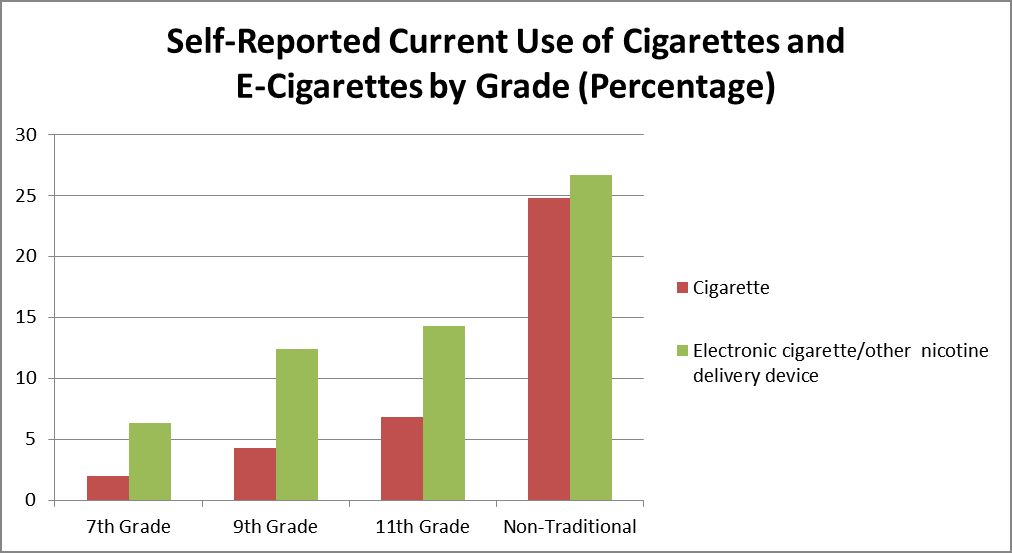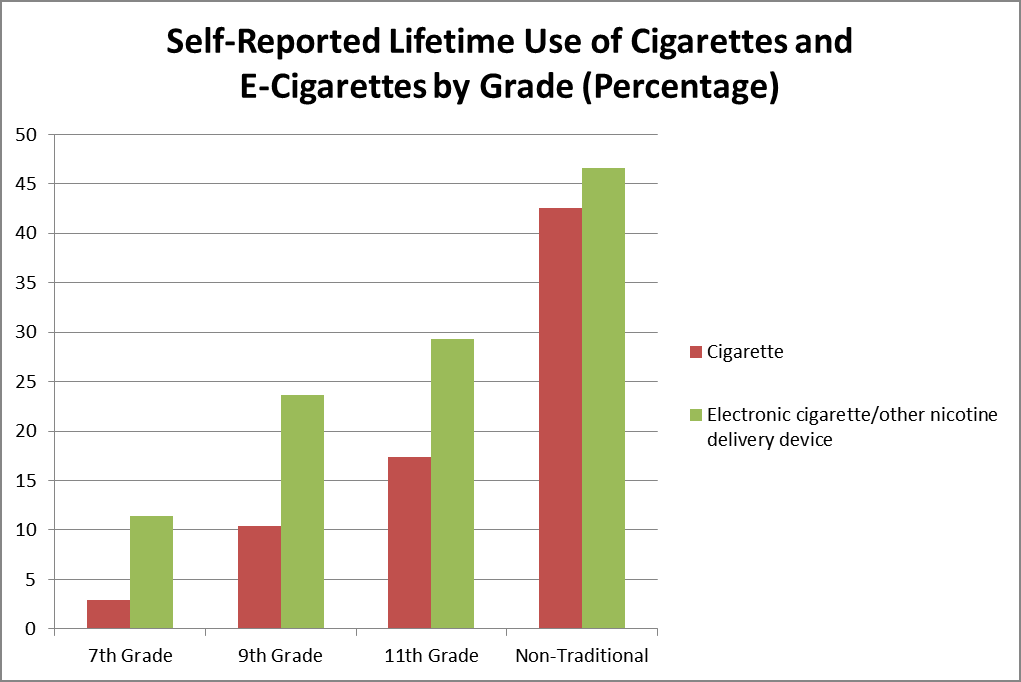February 8, 2015
January 28, 2015
The California Department of Public Health just issued this press statement. I have reviewed the materials that they have produced and they are world-class resources that everyone should be using to guide policymaking and educational campaigns on e-cigarettes.
SACRAMENTO – California Department of Public Health (CDPH) director and state health officer Dr. Ron Chapman today issued a Health Advisory and the “State Health Officer’s Report on E-Cigarettes: A Community Health Threat,” warning Californians of the toxicity of electronic cigarettes (e-cigarettes).
“E-cigarettes contain nicotine and other harmful chemicals, and the nicotine in them is as addictive as the nicotine in cigarettes,” said Chapman. “There is a lot of misinformation about e-cigarettes. That is why, as the state’s health officer, I am advising Californians to avoid the use of e-cigarettes and keep them away from children of all ages.”
January 27, 2015
On December 18, 2014, the California Department of Education reported that e-cigarettes were being adopted much faster than conventional cigarettes among California youth. These data, collected from over 450,000 youth during the 2013-4 school year showed that 3.9 times as many 7th graders were using e-cigarettes than conventional cigarettes, 2.3 times as many 9th graders, 1.7 times as many 12th graders, and about the same rate (1.1 times) for nontradtional (continuation, community day, and other alternative school types) students.
These data add to the case that the e-cigarette epidemic is growing from the bottom up and that estimates of use based on adult surveys will dramatically understate the long term impact in terms of spreading nicotine addiction.
The is no doubt that some of these e-cigarette using kids would have or are smoking cigarettes, but it is very hard to believe that these huge increases in youth use are simply displaced cigarette smokers.


UCSF It's About a Billion Lives Symposium will be webcast Friday Jan 30 from 8:30 am to 12:30 pm PST
January 26, 2015
The full program is here: http://tobacco.ucsf.edu/
The webcast will be at http://lecture.ucsf.edu/ets/Catalog/Full/2bc16a78330b412a87188ddaeae9a91421
All are welcome.
The symposium will also be archived at the same URL and available for viewing after the symposium ends.
January 20, 2015
The California Department of Public Health recently released a low key brochure on e-cigarettes, Protect Your Family from e-cigarettes, that explained that e-cigarettes contain nicotine, which is not harmless, that the aerosol they produce is not water vapor, that they should not be used indoors, and warning people about the dangers of drinking the e-liquid.
This brochure, like effective action by the American Cancer Society Cancer Action Network to block pro-industry Trojan Horse bills that nominally restrict e-cigarette sales to kids while writing technical protections for industry into law, was attacked by the reliably pro-industry American Council on Science and Health's Dr. Gilbert Ross. I had to chuckle when I read his bio at the end, which said
